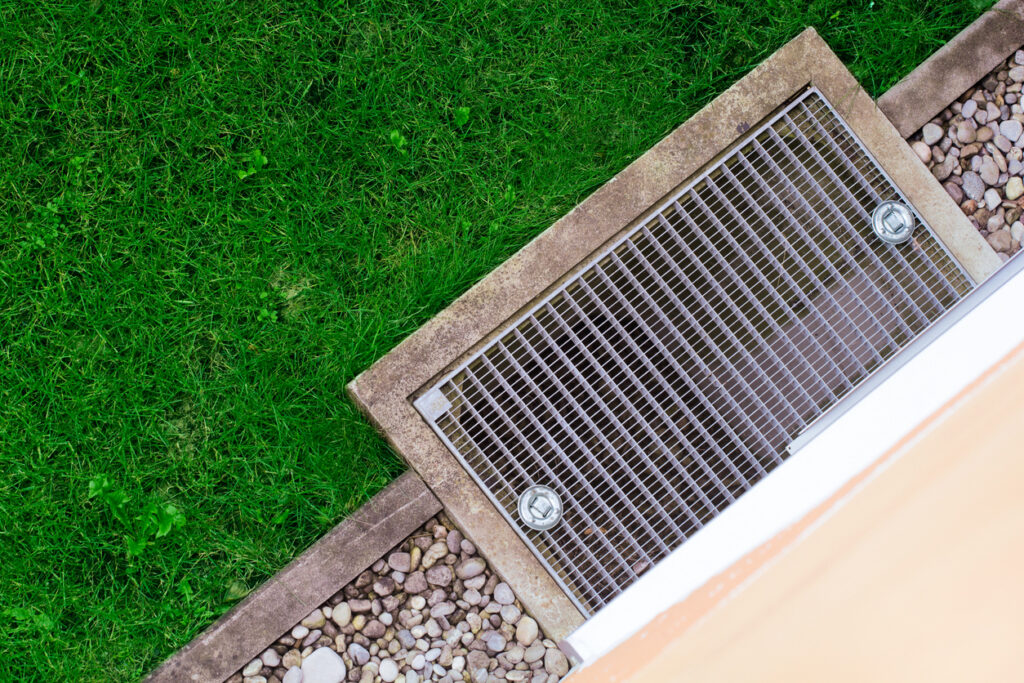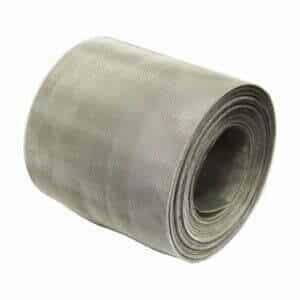









In the diverse ecosystem of the United Kingdom, various flying insects play critical roles, but not all are welcome guests in our homes and businesses.
Two common culprits that often cause discomfort and hygiene concerns for our customers are midges and houseflies.
This blog post delves into the unique characteristics of these insects, providing a comprehensive understanding of their habits and habitats.
Recognising the differences between midges and houseflies is not just an exercise in entomology; it is crucial for implementing effective pest control strategies. Whether you’re a homeowner, business owner, or simply someone interested in UK wildlife, this guide will shed light on these two prevalent insects and their impact on our daily lives.
Let’s get into it…
In many parts of the UK, especially in Scotland and the wetter, more verdant areas, midges are commonly mistaken for mosquitoes. During the warmer months, these small, biting insects swarm in swarms and are especially prevalent. In damp, humid environments, such as near water, forests, or heavily vegetated areas, midges thrive.
Midges can pose significant problems to businesses, particularly to those in the tourism and hospitality industries, as well as to homeowners. In outdoor settings such as cafes, restaurants, and leisure parks, midges can deter customers. Midges are often found to be a nuisance for homeowners, as they can invade homes, making outdoor activities less enjoyable and potentially leaving itchy bites.

Among flying insects, houseflies are perhaps the most common and recognisable. Throughout the UK, they thrive in a variety of environments, but especially where organic matter or waste decays. A housefly’s life cycle is relatively short, but it reproduces quickly, so a small infestation can quickly grow into a large one.
The impact of houseflies goes beyond mere annoyance. Pathogens they carry can contaminate food and surfaces. Especially in settings like kitchens, restaurants, and healthcare facilities, this poses a significant risk to hygiene. The presence of houseflies in homes can be a source of discomfort and potential health hazards, making effective control and prevention measures a necessity.
The size of midges and houseflies is one of the most striking differences between them. Compared to houseflies, midges usually measure just 1-3 mm in length, whereas houseflies typically measure around 6-7 mm. There is more to this size discrepancy than physical appearance; it profoundly impacts their behavior and their control challenges.
Because midges are so small, they can easily get into homes and businesses through tiny gaps that would be inaccessible to larger insects like houseflies. As a result, standard insect screens with larger mesh sizes may not be effective against them. Both indoors and outdoors, midges are more adept at maneuvering in tight spaces, making them a persistent nuisance.
Houseflies, while larger, present different challenges. Detecting and controlling them is easier due to their size. Their ability to travel longer distances and their attraction to various types of waste make them a common problem, especially in urban areas and places with poor sanitation.
In the battle against common flying pests like midges and houseflies, especially in a country like the UK with its diverse weather conditions, the role of mesh screens cannot be overstated. Mesh screens serve as a critical first line of defense, offering a practical and effective solution to keep these unwanted guests at bay.
1. Barrier Without Compromise: The mesh screens provide a physical barrier against midges and houseflies without compromising air flow or natural light. During warmer months, when windows and doors must be opened for ventilation, this is especially important.
2. Midges – The Tiny Challengers: Standard screens are easily penetrated by midges due to their minuscule size. A finer weave mesh is essential in areas prone to midge infestations. Air is able to circulate freely through these enhanced meshes while keeping even the tiniest insects out.
3. Houseflies – The Larger Foe: Standard mesh screens are usually effective against larger insects like houseflies. By preventing these larger pests from entering homes and businesses, they maintain hygiene and comfort indoors.
4. Material Matters: Meshes are also effective against midges and houseflies depending on their material. Fiberglass offers durability and corrosion resistance, while metals like aluminum are stronger and have a longer lifespan.
5. Aesthetics and Functionality: Mesh screens are designed to blend seamlessly with different architectural styles. Besides serving a functional purpose, they also add aesthetic appeal to windows and doors, ensuring that practicality does not compromise aesthetics.
In the UK, homeowners and businesses can significantly reduce the nuisance and health risks associated with midges and houseflies by installing the right mesh. As a simple yet effective measure, it helps to create a more comfortable and hygienic living and working environment.
Both midges and houseflies pose significant health and hygiene concerns, albeit in different ways. Biting midges, such as the Highland midge, can cause irritation and discomfort to the skin. In rare cases, these bites can cause allergic reactions and transmit diseases.
A range of pathogens, including bacteria, viruses, and parasites, are transmitted by houseflies. In places where food is prepared or consumed, they can easily contaminate food and surfaces. In healthcare settings, infection can spread rapidly and have severe consequences.
There can be no overstatement of the importance of effective insect screening in mitigating these health risks. In addition to providing a physical barrier against these pests, proper screening contributes to a hygienic and comfortable environment, free of stress and health hazards.
Our insect screening solutions address the challenges posed by both midges and houseflies. Our fine mesh options, for instance, are particularly effective against the smaller midges, keeping even the tiniest of insects at bay. Screens such as these provide a fine barrier without compromising visibility or air flow.
Our standard insect screens provide the perfect balance of durability and functionality for more robust requirements, such as deterring houseflies. In addition to providing an effective barrier against larger insects, they can withstand the wear and tear of a busy household or a commercial setting.
Each product in our range is crafted with the needs of UK homes and businesses in mind, ensuring compatibility with local insect species and environmental conditions. Your space can be protected from midges, houseflies, and other pests by choosing the right insect screen from The Mesh Company.
In response to the challenges posed by midges, The Mesh Company offers specialised mesh solutions designed to effectively keep these tiny insects out while maintaining airflow and visibility. Two standout products in our range are particularly adept at dealing with midge infestations:
0.42mm Hole Stainless Steel Woven Insect Mesh




0.57mm Hole Stainless Steel Woven Insect
Installing and maintaining insect screens is crucial for ensuring their effectiveness and longevity. Here are some tailored tips for UK homes and businesses:
Choosing the Right Fit: Make sure you measure your windows or doors accurately before purchasing them. Make sure the screen fits snugly, leaving no gaps for insects to enter.
Installation: Follow the manufacturer’s instructions carefully when installing. Consider professional installation for larger areas or commercial properties.
Regular Maintenance: Clean the screens regularly with a soft brush and mild soapy water to prevent dust and dirt build-up. Avoid using harsh chemicals that could damage the mesh.
Seasonal Checks: Make sure the screens are not damaged or torn at the beginning and end of each season. It is important to repair small problems as soon as possible in order to prevent them from becoming larger ones.
Adapting to Weather: In the UK, weather can be unpredictable. You should choose materials that are weather-resistant and ensure that they are securely installed to withstand strong winds and rain.
As we look to the future, the field of insect control, particularly in the UK, is set to evolve with several exciting trends and innovations:
Smart Technology Integration: Future insect screens may incorporate smart technology, allowing for automated opening and closing based on weather conditions or insect activity levels.
Eco-Friendly Materials: There is a growing trend towards using sustainable materials in insect screens, reducing environmental impact without compromising on effectiveness.
Improved Mesh Technology: Advances in materials science could lead to the development of more effective mesh types that provide better visibility, airflow, and durability while keeping even the smallest insects out.
We have examined the characteristics of midges and houseflies, the health risks they pose, and the importance of effective control measures throughout this guide. Our company is at the forefront of providing tailored solutions to combat these common UK pests. With the right insect screens, you can protect your home or business from these insects, ensuring a healthier and more comfortable environment.
The key to effective insect control lies not only in choosing the right product, but also in installing it properly and maintaining it regularly. Continue to enhance your protection strategies by staying up-to-date on the latest trends and advancements in insect control. You can count on The Mesh Company to help you every step of the way, ensuring that you have access to the best products and information for your insect screening needs.
As always, thank you for checking out our blog. We hope that this helps you with your project. We try to launch a couple of new guides every week. Eventually we will have covered everything there is to cover about mesh.
You may be interested in our blog that explores how to clean and maintain a fly screen.
Our goal for our blogs and help guides is to answer as many questions as possible to help to explain the possibilities of mesh to our customers.















The largest range of wire mesh, chicken wire, wire fencing, woven wire mesh and perforated metal products in Europe, delivered direct from our Warrington warehouse.




Website by: Beech Web Services | Terms and Conditions | Cookie Policy | Privacy Policy | Website Terms and Conditions